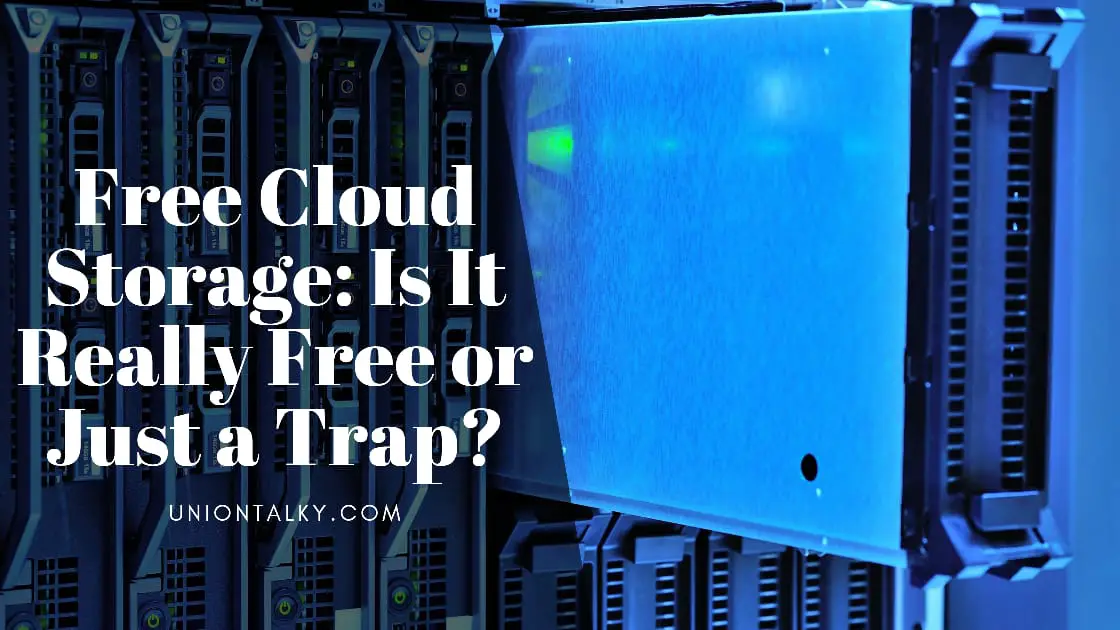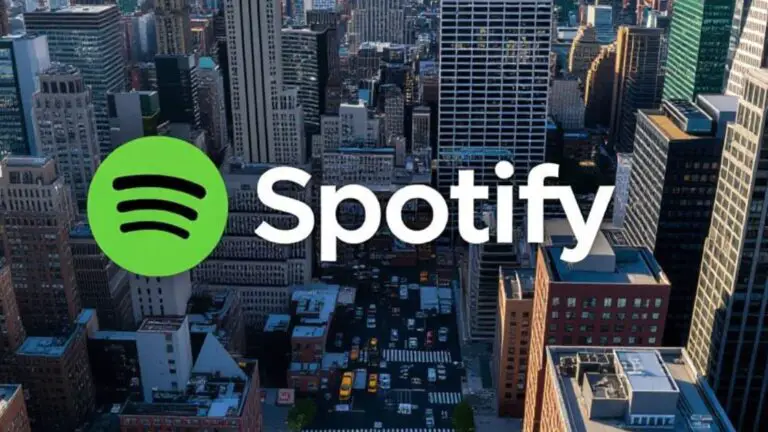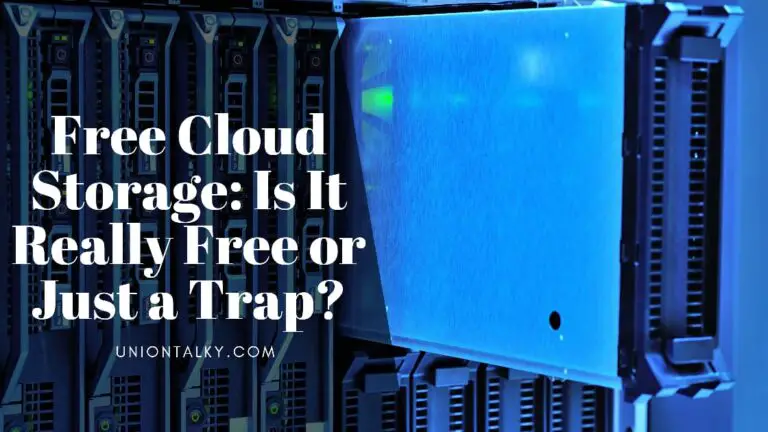
These days, we all need a safe place to keep our data, photos, videos, important documents, or work files. Cloud storage has quickly become the go-to option. Google Drive, OneDrive, Dropbox – these names are familiar to almost everyone, and millions of people already use them.
And yes, they all offer free storage. For example, Google Photos lets you store photos for free up to a certain limit. Sounds amazing, right? Access your files from anywhere without spending time.
But here’s the truth: free cloud storage isn’t as simple or as free as it looks. At first, it feels convenient, but over time you realise there are hidden limits and risks.
There’s a saying in tech: “If a service is free, then you are the product.” Companies don’t offer free tools out of kindness they do it to make money later.
The Storage Trap
Take Google Drive as an example. They give you 15 GB for free. That sounds like a lot, but here’s the catch: that 15 GB is shared across Google Drive, Gmail, and Google Photos. Which means your storage fills up pretty fast.
Google Photos especially eats up space, since high-resolution photos and videos are huge in size.
Before you know it, you start getting notifications like:
“Your storage is 95% full.”
“New emails won’t come in unless you upgrade.”
“Attachments can no longer be sent.”
Suddenly, you’re under pressure. To protect your emails, photos, and important files, you end up buying a monthly storage plan.
It’s the same strategy you see on YouTube Premium: the first 2 months are free, letting you enjoy ad-free videos and background play. Once you get used to the convenience, many people can’t go back—and they start paying every month.
How Much “Free” Do You Actually Get?
Almost every big provider gives a very limited amount of space:
Google Drive – 15 GB
OneDrive – 5 GB
Dropbox – 2 GB
iCloud – 5 GB
But in today’s world, a single phone can easily hold thousands of photos. That alone can wipe out 10–15 GB. Add videos, documents, and backups, and you’re out of space in no time.
Then you’re left with only three options:
- Delete old files (not ideal if they’re important).
- Keep creating new accounts (which gets annoying fast).
- Pay for upgrade (the option most people end up with).
And that’s the real business model: hook you with free storage, then push you toward paying.
The Risk of Sudden Policy Changes
Another problem: nothing about free storage is permanent. A company can change the rules overnight.
Remember Evernote? It used to be a very popular note-taking app. But in 2023, they limited free users to just one notebook and 50 notes. People who had thousands of notes suddenly faced a huge problem.
What to Eat in Berlin: 5 Must-Try Local Dishes You’ll Love
The same can happen with any cloud service. They might reduce features, increase restrictions, or even shut down the free tier completely. Free users have no control.
Slower Speeds for Free Users
Many people notice that uploads and downloads are slower on free accounts, especially during peak hours. That’s because companies prioritise paying customers.
If you use Dropbox, then you should know Dropbox allows free users to connect only two – three devices. But today most of us use at least 4–5 devices—phone, laptop, tablet, work computer, etc. So, you’re forced to choose, or you upgrade.
Again, it’s designed to push you toward the paid plan.
The Biggest Risk: Data Loss
People assume “cloud” means “safe”. That’s not always true.
On Google Drive, deleted files only stay in the trash for a limited time—then they’re gone forever.
On Dropbox, free users can only recover files deleted within the last 30 days. After that, no luck.
On OneDrive, the rules are similar.
Paid plans, however, often include version history and account restore features—giving you much better protection.
Think about it: if you lost a wedding photo album, an important office report, or an ID document, the cost would be far greater than a small monthly fee.
The Psychology of “Free”
Free cloud storage is less about generosity and more about psychology.
Step 1: Attract you with the word “free”.
Step 2: Make you dependent on the service.
Step 3: Add limits and inconveniences until you finally pay to escape the frustration.
It’s the same strategy Netflix or Amazon Prime uses—give you a taste, then lock the rest behind a subscription.
So, what’s the solution?
If you’re wondering how to keep your files safe without falling for the trap, here are some better options:
- Use a trusted paid plan.
Services like Google One or OneDrive offer 100 GB or more for just a few dollars per month.
- Buy an external hard drive or SSD.
It’s a one-time investment and gives you long-term control over your data.
- Set up your own cloud.
If you’re a little tech-savvy, you can build your own storage server using a NAS or old laptop.
- Use a hybrid system.
Store critical files in paid cloud storage, and keep backups of large files on an external drive. This way, you reduce both risk and cost.
Final Thoughts
Free cloud storage may look attractive at first, but it comes with limits, risks, and hidden costs. Small storage space, sudden policy changes, slower speeds, and the danger of data loss all make it an unreliable long-term solution.
If your files truly matter, don’t gamble with them. Paying a little for reliable storage or investing in your own device will give you peace of mind and protect your data.
At the end of the day, your data is your asset—and keeping it safe is worth the price.
So, the choice is yours: stick with the risks of “free”, or pay a little and stay secure.









